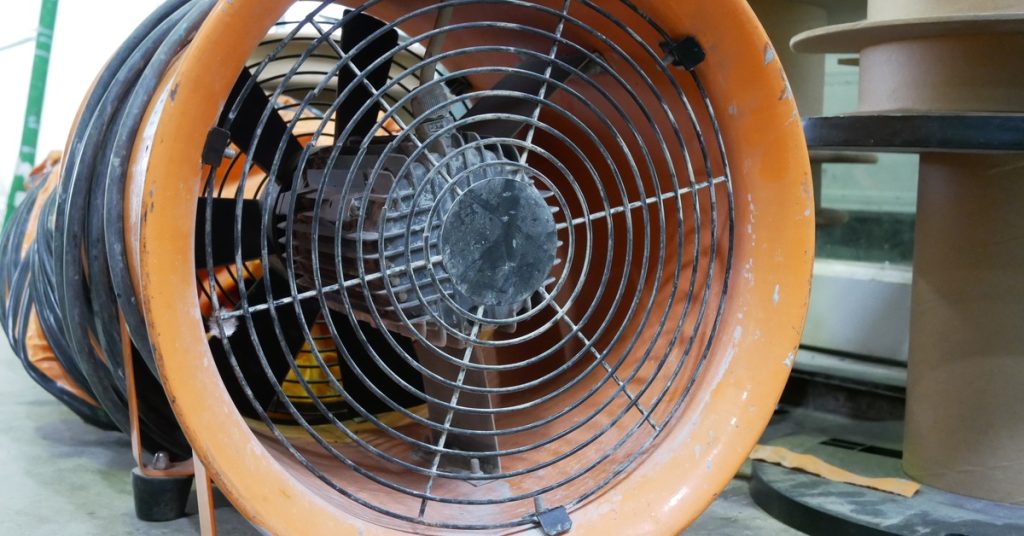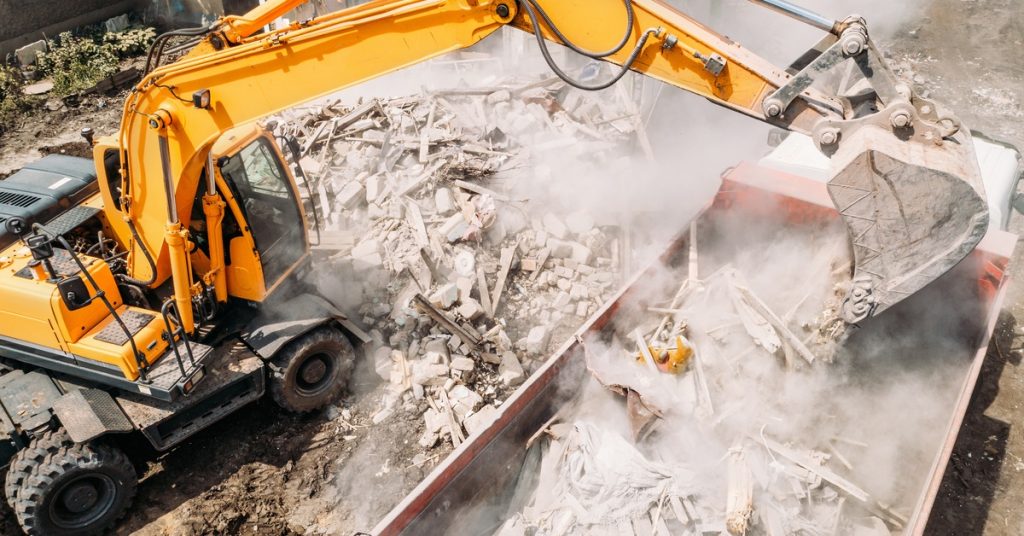Dust particles at construction sites present hazards to both workers and the surrounding environment. When left unmanaged, high amounts of dust can lead to respiratory issues, reduced site visibility, and environmental fines due to air quality violations. With these challenges in mind, here are some essential tips for controlling dust in construction zones to ensure a safer and more compliant worksite.
1. Isolate Work Areas
Containment is one of the best strategies for dealing with dust. By isolating work areas, you can minimize the spread of dust to other parts of the construction site.
You can set up physical barriers such as temporary walls, plastic sheeting, or enclosures to keep dust confined to specific zones. This approach is especially effective in indoor settings or near populated areas where dust can quickly disrupt neighboring spaces.
When you know which work areas generate the most dust, isolating those spaces becomes a manageable and efficient process. By confining dust to a specific area, you’ll save time on cleanup and maintain better air quality for the overall site.
2. Keep Equipment Maintained
Poorly maintained machines kick up more dirt and debris, creating unnecessary hazards. Regularly inspect and service equipment such as saws, grinders, and heavy machinery to ensure they are functioning optimally.
Ensure cutting or sanding tools come equipped with dust extraction systems. Replace worn-out filters promptly, and check for any leaks or gaps in seals that could release fine particles during operation.
3. Wear PPE
Personal protective equipment (PPE) is critical for maintaining the health and safety of workers, particularly in environments where exposure to fine particles and airborne dust is a concern.
Items such as respirators and masks shield workers from inhaling harmful particles that can accumulate in the lungs over time, potentially leading to chronic health issues and respiratory diseases. Goggles or face shields provide a vital layer of protection against irritation or injury to the eyes caused by dust and debris in the air.
While PPE cannot eliminate the dust itself, it serves as a crucial barrier, ensuring your team stays safe and protected even when working in hazardous or dusty environments.
However, simply providing PPE is not enough—adequate training on the proper use, maintenance, and replacement of equipment is essential. For example, you should instruct workers on how to properly fit their respirators to ensure a secure seal and maximum protection. You should also conduct regular inspections to ensure all PPE is in good condition and functioning as intended.
4. Allow for Ventilation

To maintain a steady flow of fresh air, consider using exhaust fans and air scrubbers or opening windows. These solutions help to circulate air and reduce the buildup of airborne dust particles, making the workspace safer for everyone.
For larger outdoor sites, ventilation may require a different approach. Positioning equipment strategically can help minimize air stagnation, which in turn reduces dust concentrations in specific zones. This method is particularly effective on open worksites where natural airflow might not be sufficient to disperse dust particles adequately.
While ventilation alone may not completely eliminate the dust problem, it is an essential part of a comprehensive dust control strategy. By significantly lowering airborne dust concentrations, proper ventilation contributes to a healthier, safer, and more comfortable working environment for everyone on-site.
5. Spray Water
Dust can often be effectively controlled at its source using water. Applying water during ground-disturbing activities such as excavation or demolition binds fine particles together, preventing them from floating through the air. Water trucks, hoses, or sprinkler systems can help keep dusty areas continually damp.
However, be mindful of your team’s water usage to avoid creating slippery or muddy surfaces that might make the site unsafe in other ways. A steady, mist-like spray often works best to dampen the dust without flooding the area. Regularly monitor your water application to strike the right balance between moisture control and site safety.
6. Add Dust-Control Chemicals
For a more robust solution, consider using dust control chemicals. These compounds, such as chloride salts, bind dust particles together to keep them from becoming airborne. Apply these products to high-traffic areas or exposed surfaces to significantly reduce the need for constant rewatering.
Dust control chemicals are particularly effective in dry climates where water may evaporate too quickly. Talk to suppliers about the best options for your specific site conditions, and follow manufacturer guidelines for proper application to get the best results.
7. Use a Shop Vac Indoors

For indoor areas, a heavy-duty shop vac is an excellent tool for cleaning dust without creating additional mess. Unlike traditional brooms, which tend to stir up and spread dust around, shop vacs efficiently trap particles, reducing the risk of airborne contamination. They are especially effective in environments where fine dust can build up, such as workshops, warehouses, or construction sites.
To maximize cleaning efficiency, use attachments specifically designed for fine dust to target hard-to-reach areas, corners, and tight crevices. These tools ensure that even the smallest spaces are thoroughly cleaned, leaving no dust behind. Additionally, shop vacs are versatile enough to handle larger debris, making them a multipurpose solution for indoor cleaning needs.
Make vacuuming a regular part of your cleaning routine, especially in spaces where workers frequently operate machinery or handle materials that generate excess dust. By consistently addressing indoor dust accumulation, you’ll enhance air quality and protect sensitive equipment. With this tip for controlling dust in construction zones, you can ensure a safer, cleaner, and more productive work environment.
8. Schedule Sweeping Services
Industrial sweeping trucks provide an efficient solution for keeping high-traffic areas and roads clean and safe. These powerful machines help maintain cleaner environments by removing dirt, loose materials, and other hazardous particles that can compromise safety or harm the surrounding area.
CPM Sweeping provides professional construction sweeping services customized to meet the specific needs of your site. Our experienced team is dedicated to maintaining a clean and hazard-free workplace, ensuring compliance with safety and environmental standards. By removing unwanted materials and improving air quality, we help create a safer, more productive environment for your team.

